Compression socks are an excellent way to boost circulation, reduce swelling, and ease discomfort, whether for medical purposes, athletic recovery, or daily comfort. However, proper care is critical to ensure that you're getting the most out of your compression socks and that they maintain their effectiveness over time.
Review some best practices for washing, storing, and wearing compression socks.
How to Wash Compression Socks Properly
Washing compression socks and compression sleeves requires care to maintain their specialized materials. Cleaning them in the washing machine and hand washing them are both options, provided you take some precautions.
How to Hand Wash Compression Socks
Hand washing is the best method for cleaning compression socks because it is gentler on the fabric, preserving the elasticity for longer. Here's how to hand wash them:
- Use cool or warm water: Fill a basin, sink, or tub with cold or warm water. Avoid using hot water.
- Add a mild detergent: Add a small amount of gentle detergent (no harsh chemicals) to remove sweat and odors.
- Soak the socks and gently rub them together. Allow the socks to soak for 5-30 minutes. Gently rub the fabric together to loosen dirt and oils, paying close attention to any bands or seams.
- Rinse the socks thoroughly: Drain the water and rinse the socks under cool water until all the soap is gone. Be gentle when squeezing the excess water and avoid wringing or stretching the fabric.
- Let the socks air dry: Lay them flat or hang them up to dry naturally. Avoid using a dryer or placing them near direct heat sources, such as radiators, which can compromise the material.
How to Wash Compression Socks in the Washing Machine
While hand washing is the preferred method for washing compression socks, machine washing is acceptable if you take a few precautions. Follow these steps to protect your socks:
- Wash the socks with like colors: Always wash your compression socks with similar colors to avoid discoloration.
- Use cold or warm water: Choose a cold or warm water setting but avoid hot water. Excessive heat can damage the elastic fibers that provide compression.
- Add a mild detergent: Use a mild detergent formulated for lightweight compression socks or activewear clothing. Avoid harsh chemicals or bleach, as these can weaken the fabric.
- Choose a gentle cycle: Select the delicate or gentle cycle on your washing machine to avoid excessive agitation, which could also damage the elastic fibers.
- Let the socks air dry: After the washing machine stops, dry your compression socks by hanging them or laying them flat. Never use a dryer, as high heat can shrink or damage the compression materials.
How to Wear Compression Socks for Optimal Benefits
To get the most benefit from your compression socks, put them on first thing in the morning. As soon as you leave bed, your legs are the least swollen, making it easier to slide them on. Compression socks are designed to prevent swelling by promoting blood flow, so wearing them before your legs experience any fluid buildup ensures maximum effectiveness throughout the day.
If this is your first time wearing compression socks, it's okay to get used to them gradually. Start by wearing your socks or sleeves for a few hours each day and work up to wearing them all day. This allows your body to adjust to the compression without feeling discomfort.
Always consult your healthcare provider about how long you should wear compression socks if you use them for a specific medical condition. They can advise you on the correct duration based on your needs and ensure you get the appropriate compression level.
Why Should You Change Compression Socks Daily?
While it may seem convenient to re-wear compression socks for more than one day, avoiding this practice is essential. Always wear a clean pair of compression socks daily for good hygiene and to ensure the socks work effectively.
Hygiene: Your feet naturally sweat throughout the day, which can lead to bacterial growth inside the socks. Wearing the same pair multiple times increases the risk of developing skin irritations, unpleasant odors, or even infections, especially if you're wearing compression socks for long periods.
Elasticity Restoration: Compression socks rely on their elastic fibers to provide the right amount of pressure. After wearing them for a full day, the material stretches, and the compression weakens. Washing the socks allows them to regain their original elasticity, ensuring they continue to deliver the intended compression level. This is especially important for workout socks, where proper compression is necessary to improve your performance and aid recovery.
How to Store Your Compression Socks Correctly
Proper storage is just as necessary as appropriate washing. Store your compression socks in a cool, dry place, away from direct sunlight. Avoid folding or crumpling them, leading to wrinkles or stretched-out areas. It's best to fold or roll them neatly to preserve their shape.
Additionally, avoid hanging your compression socks on hooks or stretching them over sharp objects that might distort their fit. Proper organization in storage not only extends their durability but also ensures they are ready to offer the same level of support whenever you need them.
How Often Should You Replace Compression Socks?
Even with the best care, compression socks will wear out over time. Most manufacturers recommend replacing your socks every 3 to 6 months, depending on how often you wear them. The compression strength will gradually weaken, and you may notice that the socks feel looser or don't provide the same support.
If you're rotating between several pairs of compression socks, they will last longer. But even with diligent care, the fabric and elasticity will eventually degrade. Once they lose their original snug fit or show signs of wear, it's time to replace your socks. Consider recycling your old compression socks to minimize waste and give them a new purpose.
Mistakes to Avoid When Caring for Compression Socks
- Using fabric softeners: While fabric softeners may make regular clothing softer, they can break down the elastic fibers in compression socks, reducing their effectiveness.
- Wringing out excess water: Wisting or wringing the socks to remove water can stretch the material. Instead, gently press the water out or roll the socks in a towel to remove moisture.
- Drying in direct sunlight: While air drying is ideal, avoid placing the socks in direct sunlight, as UV rays can damage the fabric and cause it to fade or weaken.
- Skipping daily washing: Wearing compression socks for multiple days without washing them can lead to bacterial buildup and odor. Always wash them after each use.
Frequently Asked Questions
Should you wash compression socks before you wear them?
Yes, washing compression socks before wearing them for the first time is recommended. Washing helps remove any manufacturing residues and ensures the material is clean and ready for use on your skin.
How many times can you wear compression socks before washing them?
Ideally, you should wash your compression socks after each use to maintain their effectiveness and hygiene. Wearing them multiple times without washing can reduce their compression quality and increase your risk of skin irritation or bacterial buildup.
How often should you wash compression socks?
Wash compression socks after every wear to maintain their elasticity and good hygiene. Regular washing helps remove sweat, oils, and bacteria, ensuring your socks remain effective and safe.
How do you care for compression socks?
Wash them after each use, preferably by hand or in the washing machine on a gentle cycle, and air dry them to preserve their elasticity.
What should you not do with compression socks?
Avoid using bleach on your compression socks, ironing them, or placing them in a dryer, as these things can damage the material and reduce their effectiveness.
How long should you wear compression socks?
You can wear compression socks throughout the day, but they should be removed before bed unless your doctor advises otherwise.



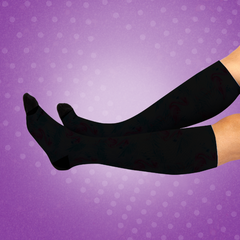

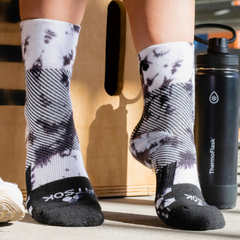
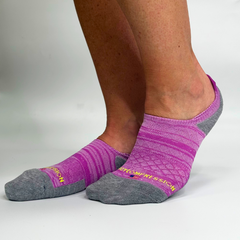









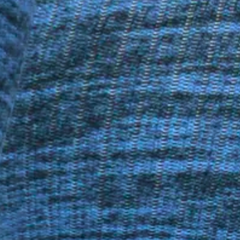








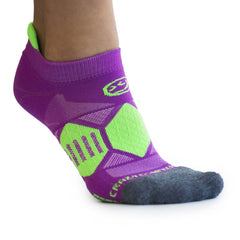




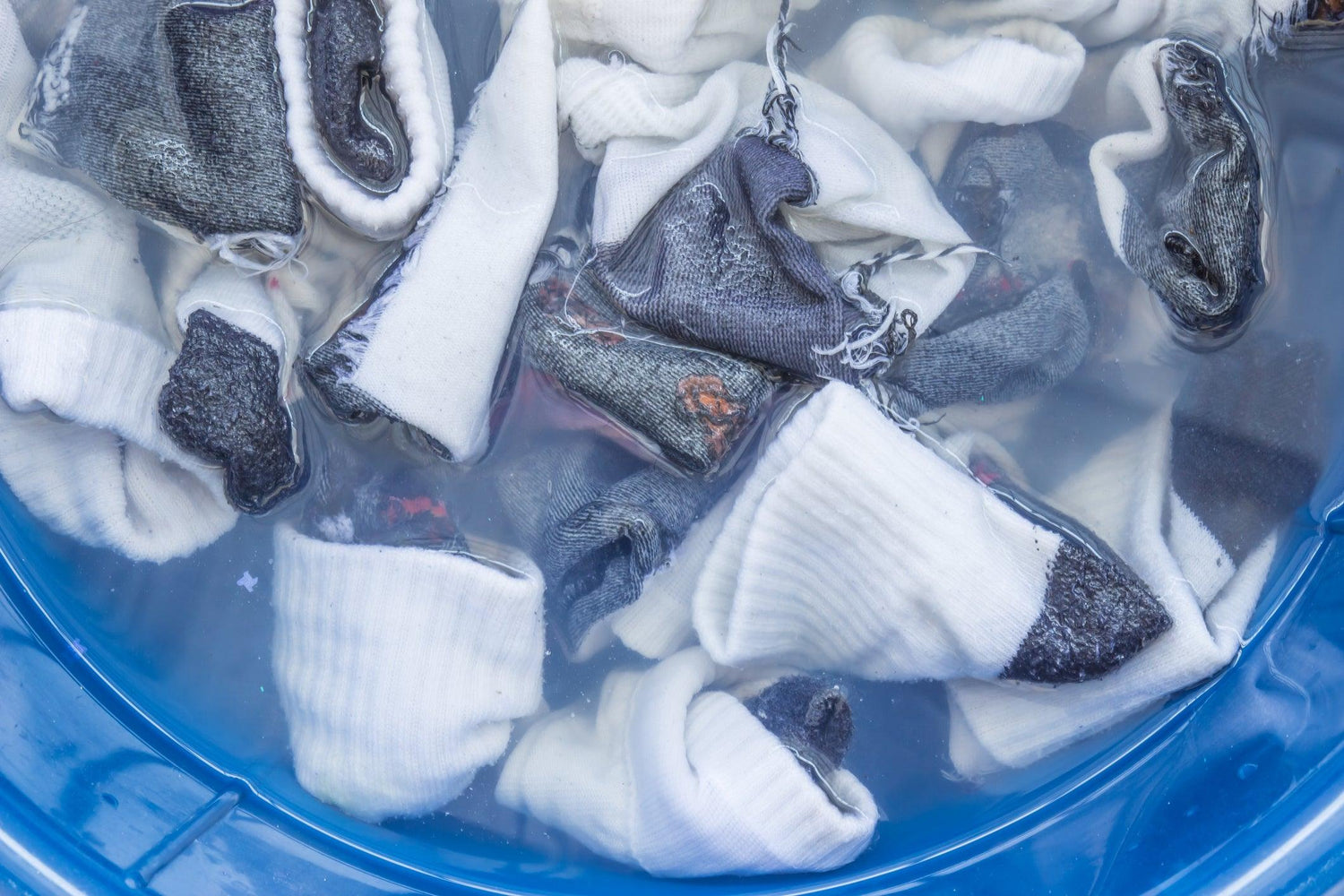
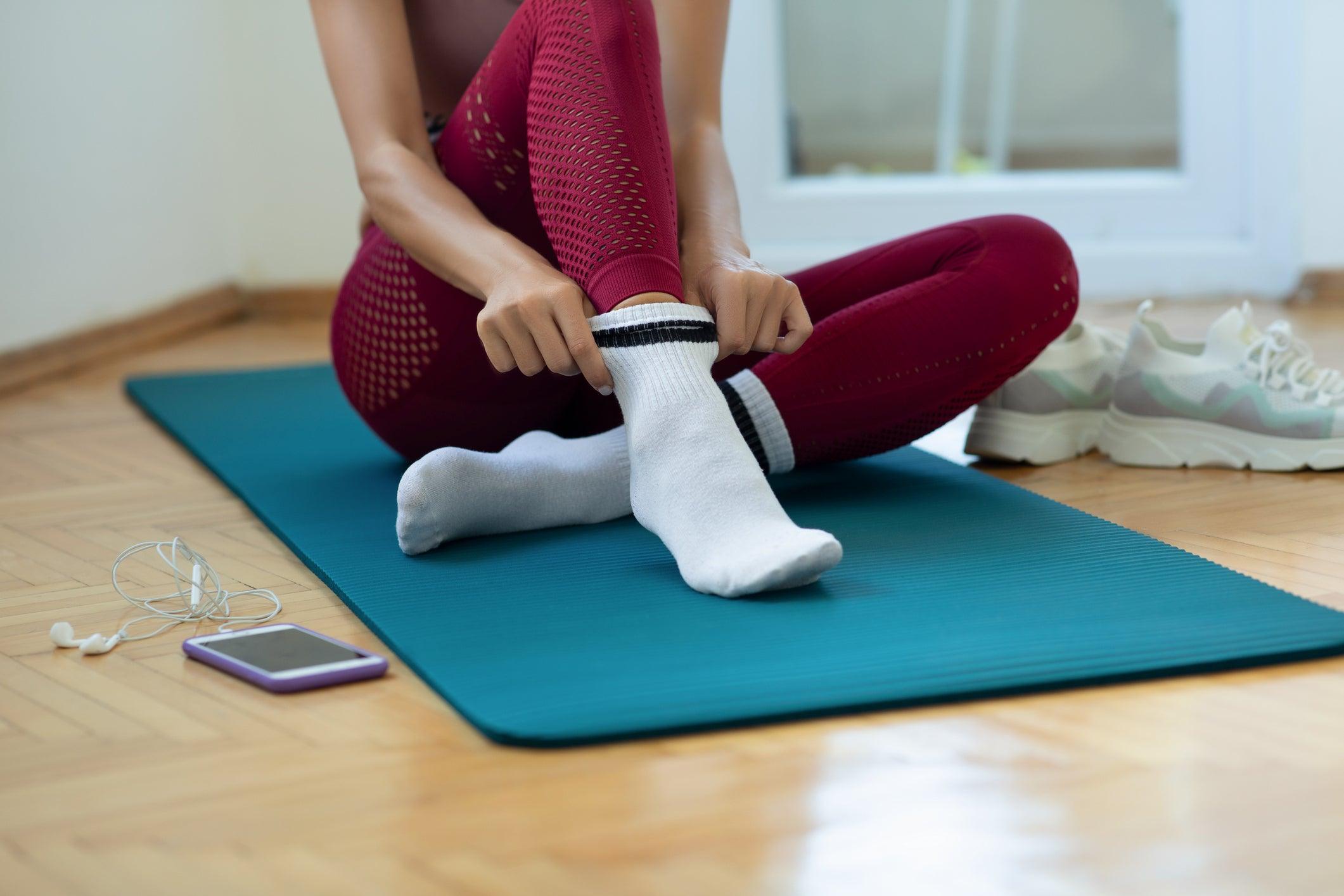

Leave a comment
This site is protected by hCaptcha and the hCaptcha Privacy Policy and Terms of Service apply.